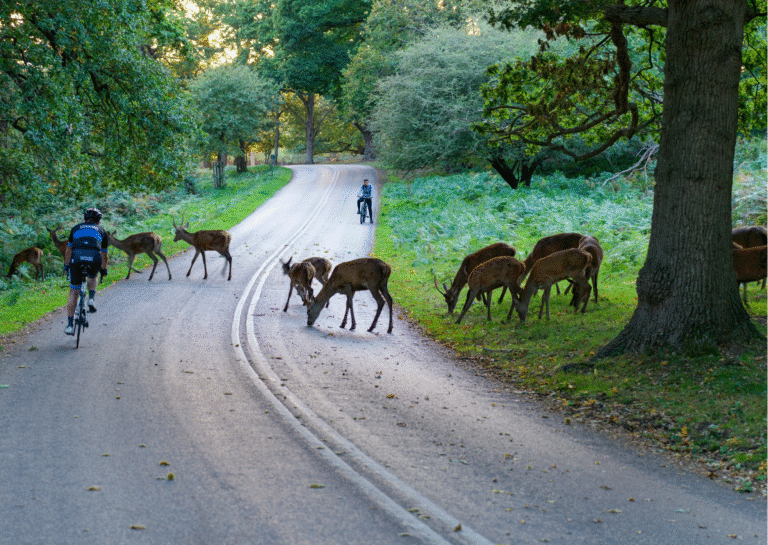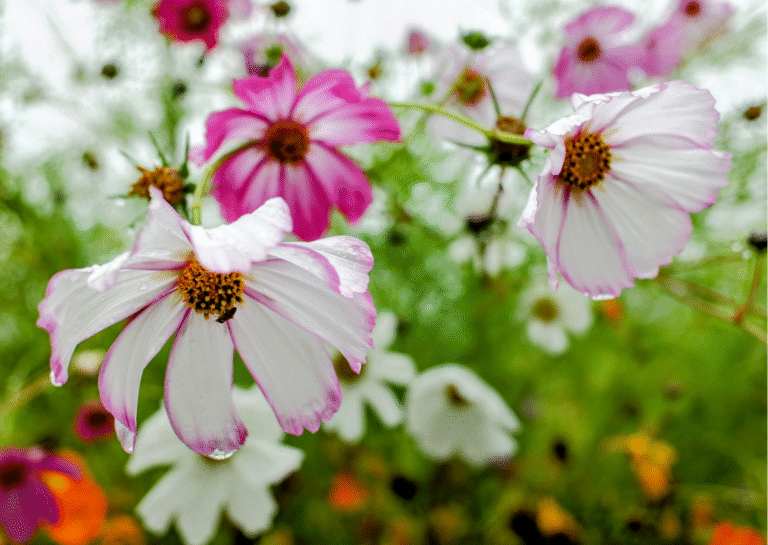As the clock strikes midnight on December 31st, cultures around the world welcome the new year with unique and fascinating traditions. From eating grapes in Spain to the solemn bell chimes in Japan, each ritual carries deep meaning, symbolizing luck, prosperity, and hopes for the coming year. Join us on a journey across continents to …
From Grapes in Spain to Bell Rings in Japan: A Global New Year’s Ritual Guide

As the clock strikes midnight on December 31st, cultures around the world welcome the new year with unique and fascinating traditions. From eating grapes in Spain to the solemn bell chimes in Japan, each ritual carries deep meaning, symbolizing luck, prosperity, and hopes for the coming year. Join us on a journey across continents to explore some of the most intriguing New Year’s customs from around the globe.
Spain: The 12 Grapes at Midnight
In Spain, the stroke of midnight is marked by Las Doce Uvas de la Suerte (The 12 Lucky Grapes). As each chime sounds from the clock in Madrid’s Puerta del Sol, Spaniards eat one grape, making a wish with each one. This tradition, dating back to the 19th century, ensures good fortune—if you can finish all 12 before the last bell!
Japan: Joya no Kane – 108 Bell Rings
In Japan, Buddhist temples ring their bells 108 times just before midnight, a ritual called Joya no Kane. Each strike represents one of the 108 earthly desires that cause human suffering, symbolizing purification and a fresh start. Families gather to listen, often while eating toshikoshi soba, buckwheat noodles that signify longevity.
Denmark: Smashing Plates for Luck
Danes have a quirky way of welcoming the new year—by throwing plates at friends’ doors! The more broken china on your doorstep, the more popular you are thought to be. After midnight, people leap off chairs at the stroke of 12, “jumping” into the new year.
Scotland: First-Footing for Prosperity
In Scotland, Hogmanay celebrations include first-footing, where the first person to enter a home after midnight determines the household’s luck for the year. A tall, dark-haired man carrying gifts (like coal, whisky, or shortbread) is the ideal first-footer, ensuring prosperity.
Brazil: White Clothes and Ocean Offerings
In Rio de Janeiro and other coastal cities, millions dress in white—symbolizing peace—and gather on beaches to honor Yemanjá, the Afro-Brazilian goddess of the sea. They send flowers and small boats into the ocean as offerings for blessings in the new year.
Philippines: Round Fruits and Jumping for Growth
Filipinos believe that round fruits—like oranges, grapes, and watermelons—symbolize wealth, so they place them on tables and eat them at midnight. Some even jump 12 times at midnight to grow taller in the new year!
Greece: Hanging Onions for Growth
In Greece, it’s customary to hang an onion on the door after midnight as a symbol of rebirth. On New Year’s Day, parents tap their children’s heads with the onion to encourage growth—an unusual but meaningful gesture.
South Africa: Throwing Furniture Out the Window
In some Johannesburg townships, people throw old furniture out their windows—a literal way to let go of the past and make room for new beginnings. (Though authorities discourage this dangerous tradition today!)
Norway: Hiding Brooms from Witches
Norwegian folklore claims that witches and evil spirits come out on New Year’s Eve, so people hide their brooms to prevent them from being stolen and used for mischief.
A Universal Celebration of Hope
No matter where you are, New Year’s traditions reflect the universal desire for renewal, luck, and happiness. Whether you’re munching grapes in Madrid or listening to temple bells in Kyoto, each custom connects us through the shared hope for a brighter future.
Which tradition would you like to try this New Year’s Eve? 🌍🎆








